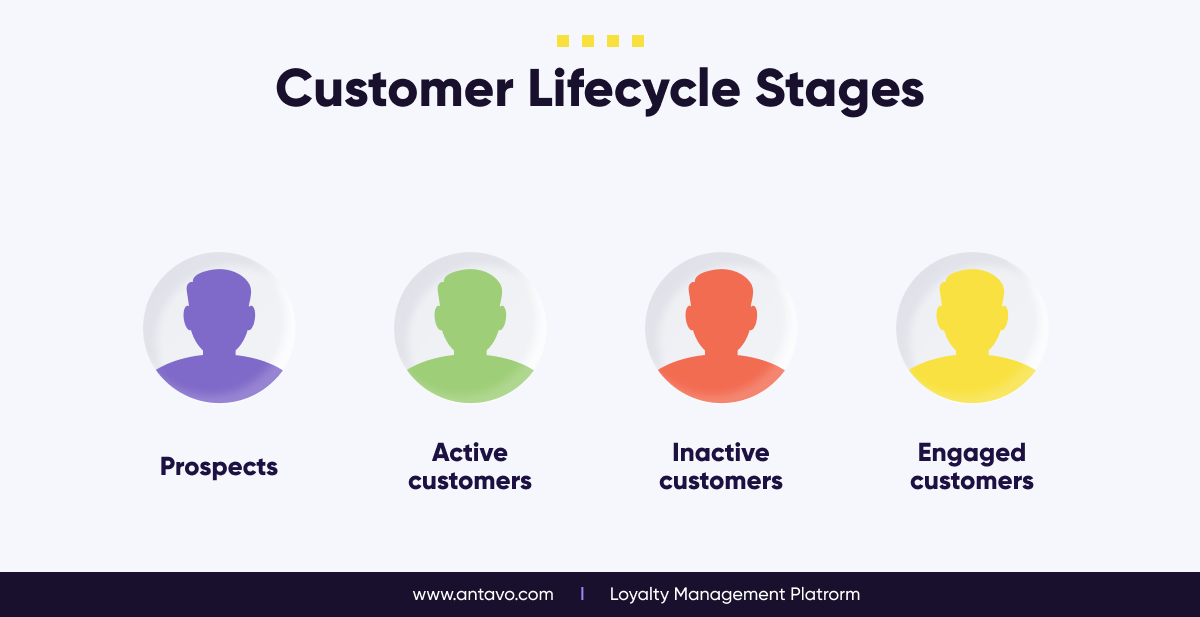
It is well acknowledged that returning customers provide greater value than new ones. Why then is the average client retention rate 20% or lower? There are many variables. For instance, the Covid-19 epidemic has irrevocably altered the reality of the client. But more significantly, you shouldn’t put all your loyalty programme (and customer retention) eggs in one basket. To put it another way, choose both acquisition and retention! That’s exactly, your lifecycle marketing plan should be driven by your loyalty programme.
What Is CLM, or lifecycle marketing?
A totally integrated marketing strategy called “lifecycle marketing,” also known as “customer lifecycle marketing,” tries to attract, convert, and retain customers at every point of their buying cycle.
Marketers must create a thoughtful plan of touchpoints in order to maximise client lifetime value. The ultimate objective is to deliver a top-notch buying experience from window-shopping to the point where customers become brand evangelists.
To accomplish this, you must first classify your clients so that your lifecycle marketing plan may precisely target them:
Prospects are potential clients who have expressed interest in your brand. They could be unregistered users, window shoppers, or even anonymous website visitors.
Customers who are actively shopping for your products or services are “the” customers. They may be first-time purchasers, repeat customers (two to three orders), or regular customers (three or more orders).
Customers that used to shop at your store but have stopped for some reason are known as inactive customers. They need the right incentives to stick with your brand because they run the danger of leaving.
Customers who have been successfully reactivated are considered to be engaged customers. They have a high lifetime value, are genuinely loyal, and are not likely to churn.
What Stages of Lifecycle Marketing Are There?
Numerous images and descriptions of lifecycle marketing may be found online. What you need know about the major stages is as follows:
Customers know very little to nothing about your business at this phase, therefore you need to grab their attention.
Stage 1: Reach & Acquire Because you may employ a variety of advertising efforts to increase awareness, here is where the “marketing” in “lifecycle marketing” shines the brightest. You’ll soon understand why you should never undervalue the influence of good ol’ word of mouth, though.
Stage 2: Act and Persuade – Customers are now aware of you and considering making a purchase. But frequently they only need a little prodding. These customers may be persuaded to choose your company over the competition by reviews and referrals from their peers, blogs, or even a first-purchase incentive from a loyalty programme.
Stage 3: Convert & Motivate – After closing the first sale, you need to come up with strategies to keep consumers and encourage them to make a second or third purchase. You can utilise individualised newsletters, free shipping, and a tiered loyalty programme structure to keep customers interested for an extended period of time.
Stage 4: Recognize & Engage – Around the third stage, certain lifecycle marketing techniques come to an end. However, if a company simply seems interested in marketing the next purchase, modern clients often lose interest. Organizations must put a strong emphasis on non-transactional involvement if they want to foster true loyalty or even convert consumers into brand evangelists.
The cycle of success never ends.
With the correct incentives, moving clients up through the lifecycle stages is simple. If you can always keep your customers interested in you, they won’t let you leave. This is why running a modern loyalty programme is genuinely win-win. Request a sample or include us in your loyalty programme RFP if you want to use Antavo’s top-notch loyalty programmes to boost your lifecycle marketing.
